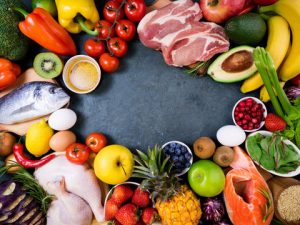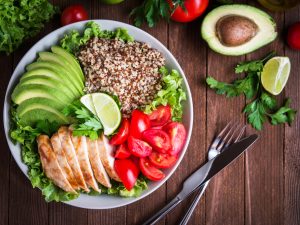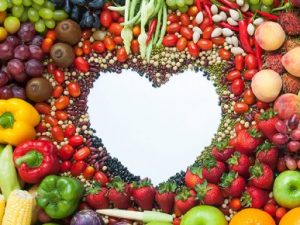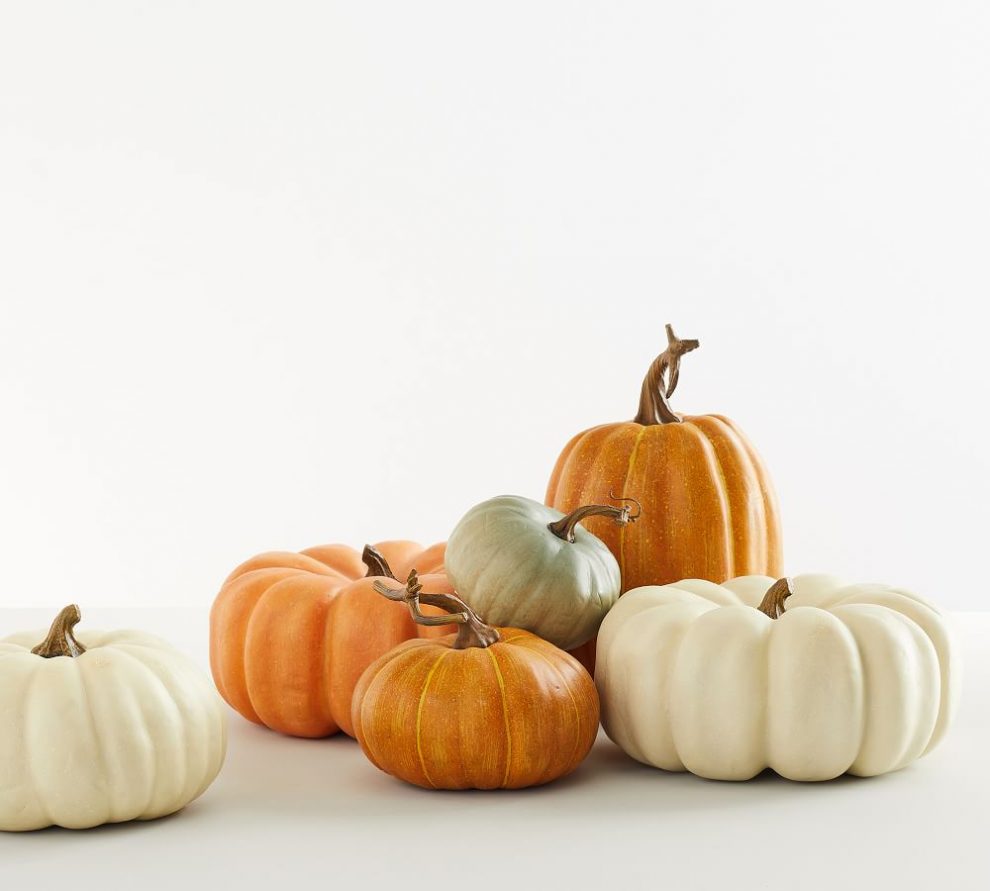Although in its beginnings the pumpkin was only cultivated to take advantage of its seeds, the subsequent appearance of varieties has turned it into a fruit that, beyond its use on the eve of Halloween and All Saints’ Eve, is recognized for its sweet pulp and as a perfect ally to protect our defenses.
Do you know what is hidden under pumpkin hard shell?
Neither more nor less than a significant amount of antioxidants, vitamins, and minerals, ideal for incorporating into your balanced diet. I am that the vibrant orange color of the pumpkin indicates its content in beta-carotene, an antioxidant precursor of vitamin A that helps strengthen our immune system. This vitamin helps us maintain the integrity of the skin, healthy lungs and keep our mucous membranes in good condition. In addition, several studies affirm that vitamin A helps improve the quality of our eyesight. Suppose you are one of those who do not consume enough fiber daily. In that case, you will be interested to know that a serving (1 cup = 250ml) of pumpkin puree can contain up to 3g of fiber, essential to regulate our intestinal transit and sugar levels in the blood. It will be surprising to know that a cup of pumpkin contains 560 mg of potassium, more than a medium-sized banana that provides us with 420mg. The potassium found in the pumpkin will help us restore liquid electrolytes after a good exercise.
Good mood up!
Consuming pumpkin can help us in our mood since it is very rich in tryptophan, an amino acid necessary to produce serotonin in our brain. And you already know what serotonin is about … The well-known “happiness hormone” is necessary for general well-being and our primary defense against depression and anxiety.
The beauty inside
In the first paragraph of the post, I mentioned that the pumpkin was grown basically for its seeds, and this has its reason for being. The same world health organization (WHO) recommends its consumption as an excellent way to obtain nutrients that are somewhat difficult to find in foods, especially of plant origin. In them, we find phosphorus, magnesium, manganese, and a significant amount of zinc and iron. Pumpkin seeds are also a source of phytosterols, compounds that have been shown to help lower LDL cholesterol levels.
Other studies link the properties of these seeds with the reduction of inflammation produced by arthritis or the prevention of diseases in the male reproductive system, such as difficulties in urinating or even prostate cancer.
So… We could be talking about the most nutritious seeds out there. Better not throw them away, right? When you buy a pumpkin, save the seeds, wash them, and put them to dry in your dehydrator or oven at a minimum temperature to preserve their most outstanding properties. When they are no longer damp, store them in a jar with an airtight closure. You will have pumpkin seeds to enjoy and taste as a garnish in your vegetable creams, salads, prepare vegetable leXes or put as a super-ingredient in your energy bars or muesli.
October is here! A time when autumn is already more than settled, the temperature begins to drop, the leaves of the trees change color, and it is time to take out the coats that we had stored in the summer. Although this season comes loaded with many festivities, it also brings respiratory diseases due to low temperatures, which is why it is essential to start preparing the body so that it is well protected and you can enjoy these dates without colds.
In the fall, we begin to notice a change in the colors in the fruits and vegetables of the local markets and supermarkets, since they go from green to bright yellow, red, orange, and golden tones, which are combined with the environment, saying it’s time to say goodbye to melons and watermelons, but say hello to pomegranates and pumpkins. Each season brings a group of precise fruits and vegetables that provide the body’s nutrients, so autumn opens the way for hot preparations such as soups, broths, and stews.
Summer is long gone, and we are entirely into autumn, a time of changes to which our body must adapt little by little. Shorter days, first drops in temperatures, and a new schedule are some of the main changes that we must face during these days. To cope with this new season of the year, we have the help of food. And, since nature is wise, it gives us the precise foods we need.
Also, it lasts in fall, the body tends to feel more tired and stressed, not only because of the seasonal change but also because this season coincides with the return to work and the beginning of the school year. Therefore, vitamins and minerals cannot be lacking, and with stress, we can lose more of these nutrients. And many autumn foods are precisely rich in these two nutrients, antioxidants and fiber (vitamin C, folic acid, calcium, and magnesium). The list of foods that we can find is extensive, and the following is a sample of some of them.
Autumn fruits
Far away are the fruits rich in water and mineral salts of summer, such as melon and watermelon. Those of autumn and winter, in addition to hydrating us, have low-calorie content and, very importantly, high content of vitamin C, an exceptional nutrient when it comes to strengthening the immune function and, therefore, to help us cope with the change of season and prevent flu and colds. It should be borne in mind that vitamin C, only obtained from vegetables, is easily lost.
Autumn fruits are characterized by the fact that most of them have brown and orange colors, similar to those of the typical autumn landscape. We can use fruits of the forest such as blackberries or blueberries and kiwis, figs, and grapefruits. But the pomegranate, grapes, and citrus fruits such as mandarins and oranges are especially protagonists of autumn.






























Add Comment